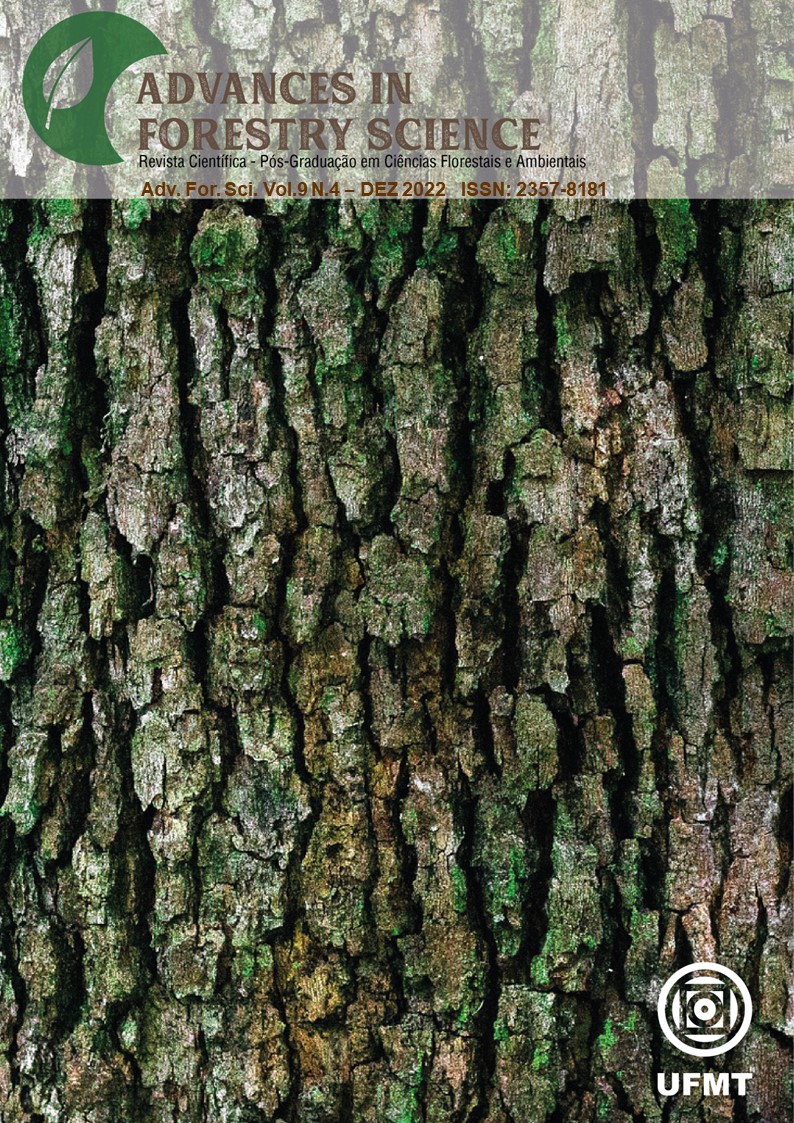Physiological quality of Moquiniastrum polymorphum seeds processed with a general seed blower
DOI:
https://doi.org/10.34062/afs.v9i4.11950Abstract
This study evaluates the physiological quality of Moquiniastrum polymorphum seeds, processed by a General seed blower, based on their germinability at different temperatures and on the imbibition curve, aiming to support future studies of M. polymorphum seeds processed by a General seed blower. Seeds were characterized regarding moisture, purity, germinability and thousand seed weight. The experiment was carried out in a completely randomized design (CRD). To characterize the triphasic process of germination, the imbibition curve during seed germination was modelled using 2 samples of seeds weighing 0.05 g. Physiological seed quality was assessed using a thermogradient table at 15, 20, 25, 30, 35 and 40 °C (with constant light supply) and by calculating the germination speed index (GSI), along with the time to reach 50% germination (T50) and uniformity of germination (U75-25). Each temperature treatment included 4 replications of 50 seeds each. It was found that the optimum temperature for germination was 30 °C with constant light supply, resulting in higher means of normal seedlings, GSI, T50 and U75-25. Moreover, the imbibition curve at 30 °C and constant light supply exhibited a triphasic pattern common to seed germination. In conclusion, the new findings on the germinative potential of M. polymorphum seeds processed by a General seed blower uncovered here can be applied in the methodology of future studies of M. polymorphum or used as recommendations for species of the same genus
Downloads
Downloads
Published
Issue
Section
License
All copyright must be assigned to the Federal University of Mato Grosso.

